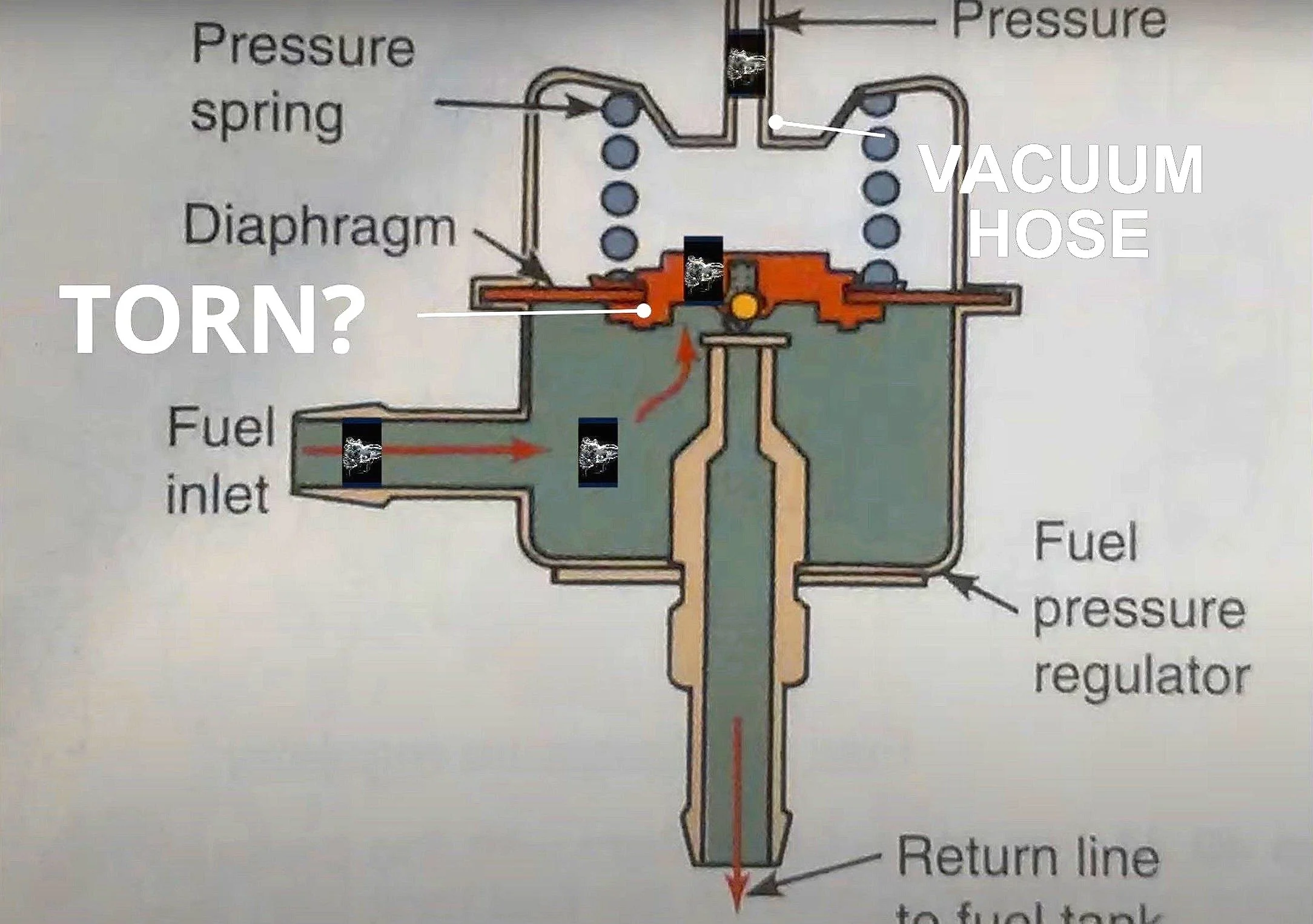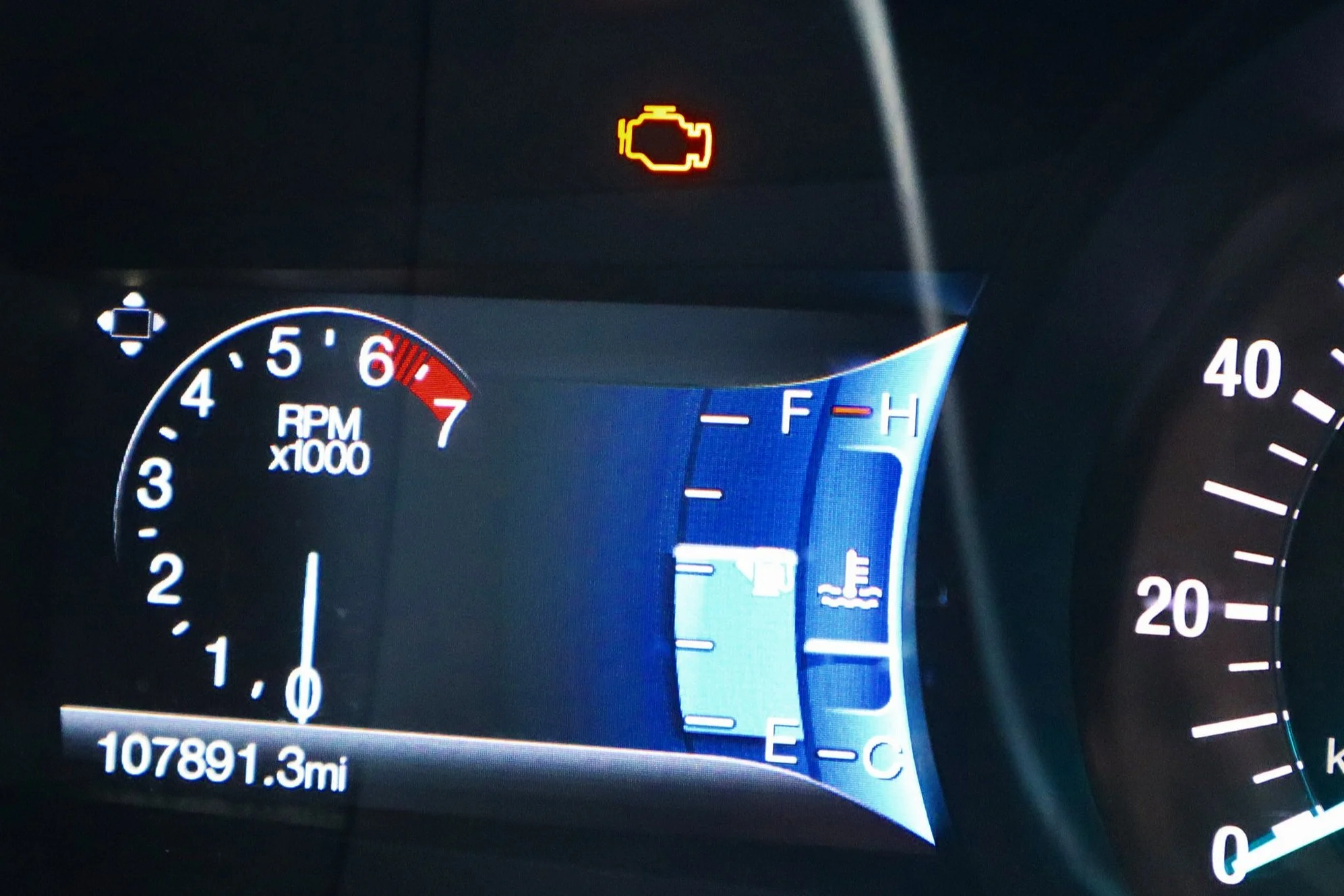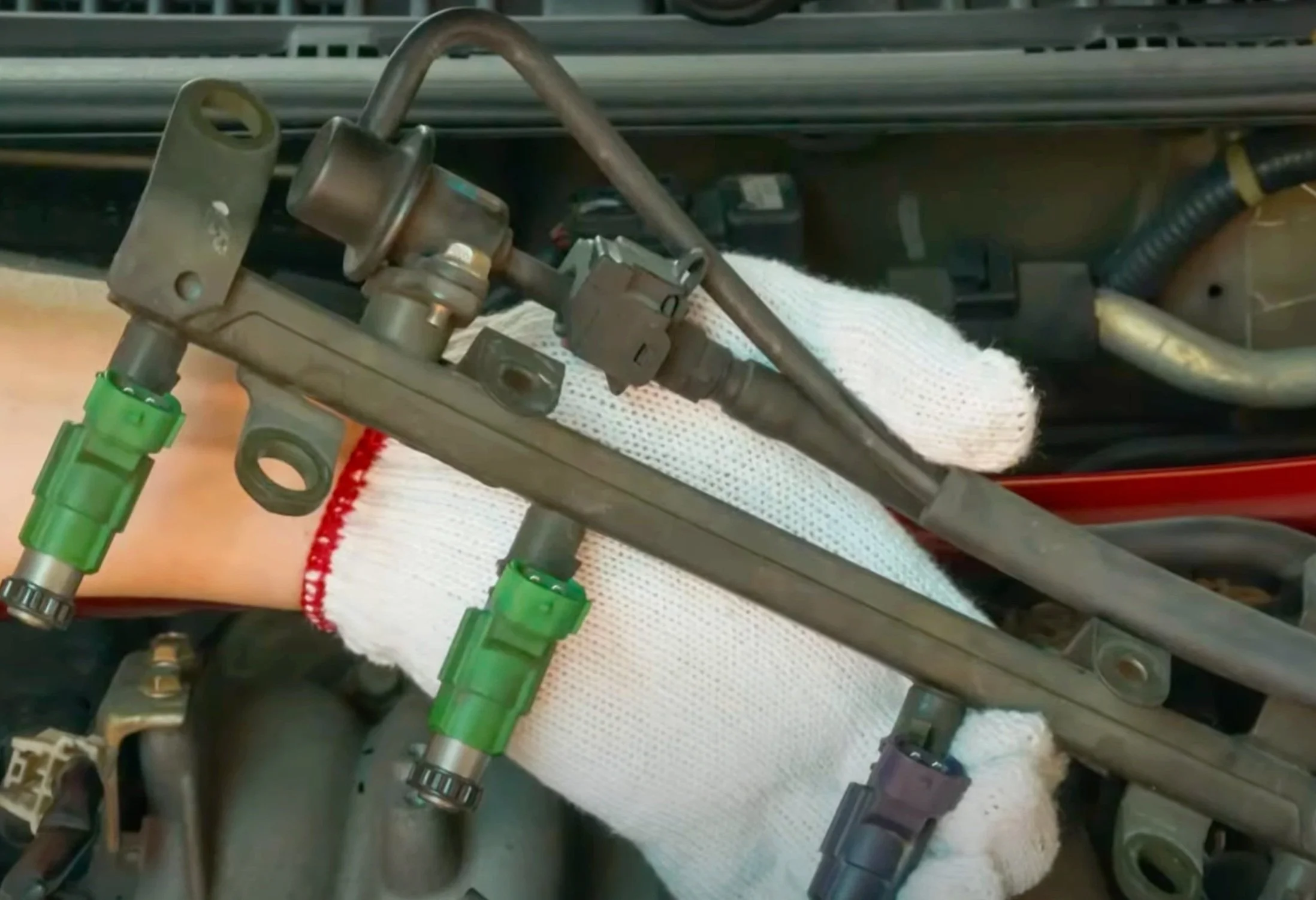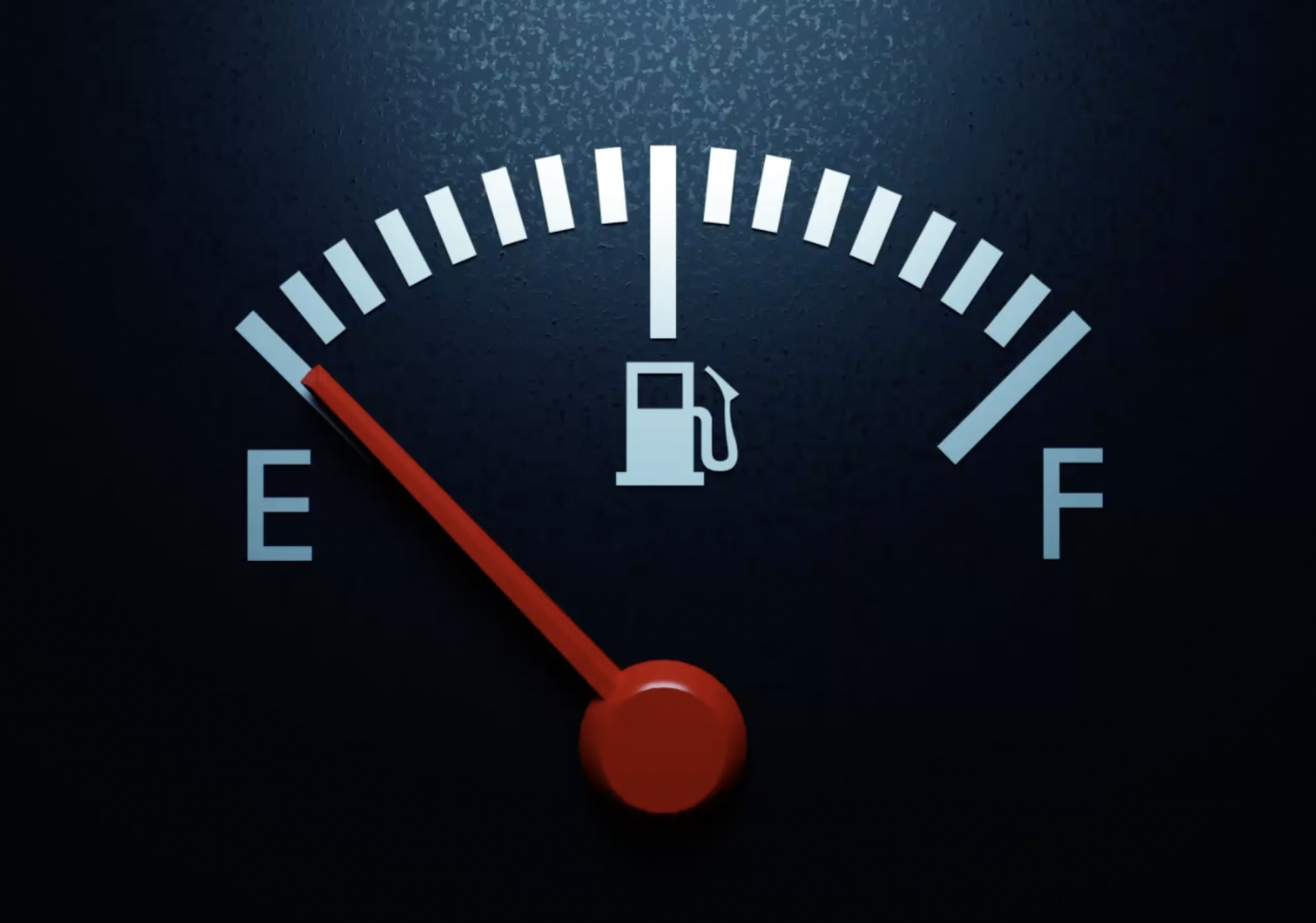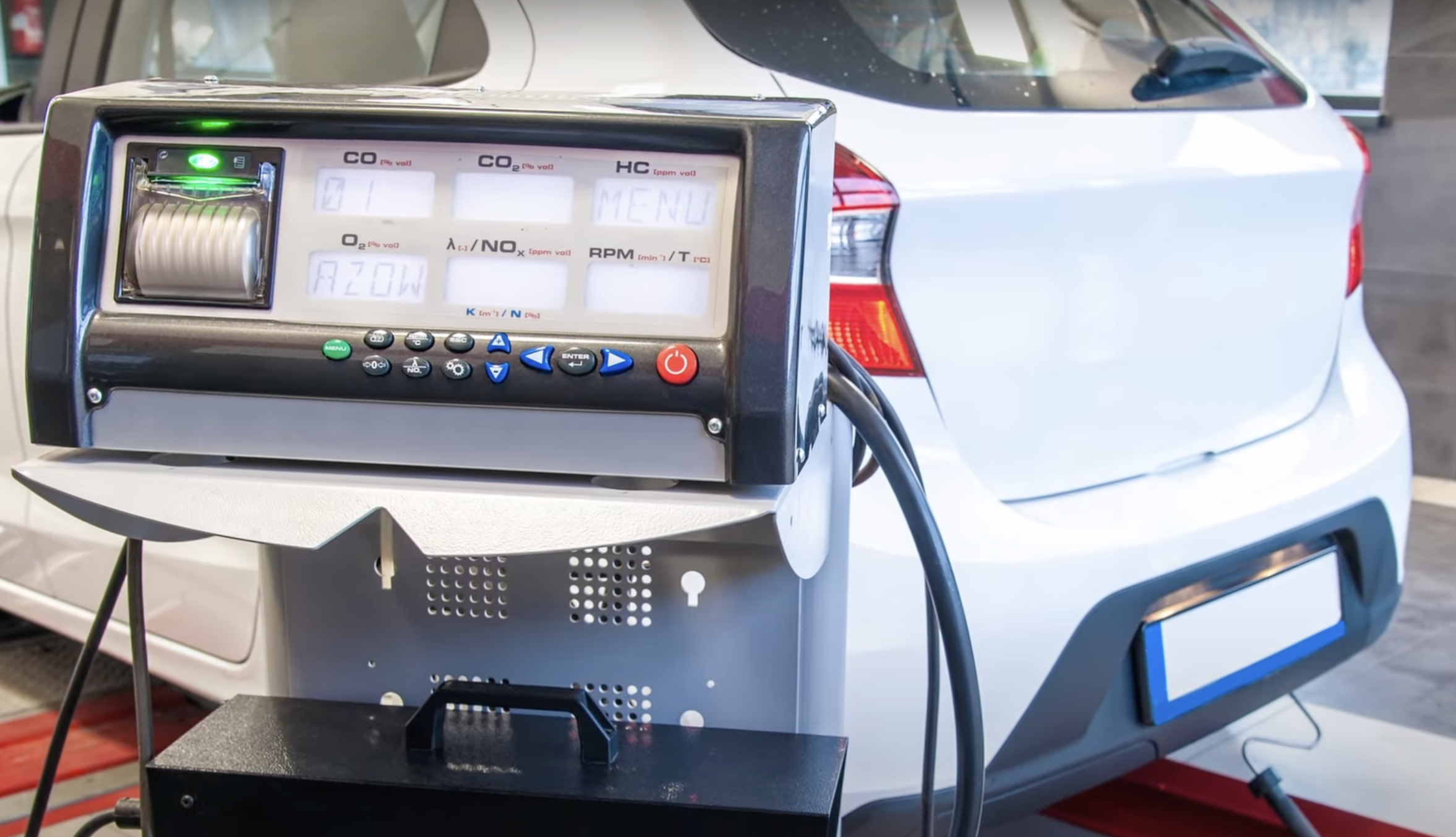7 SYMPTOMS OF A BAD FUEL PRESSURE REGULATOR
This article will be focused on a vacuum-operated pressure regulator. It’s important to note that your vehicle might not even have one. Some newer cars have a built-in fuel pump module to control the pressure electrically.
purpose
The purpose of the fuel pressure regulator is to maintain the proper amount of pressure in the fuel system so that the injectors release the right amount of fuel to achieve the perfect air-fuel ratio. A way a vacuum pressure regulator could go bad is by having a torn diaphragm (check out the image below). This will allow fuel to be sucked up by the vacuum hose, going into the engine, creating a rich condition.
location
A fuel pressure regulator will typically be located at the end of the fuel rail. On most multiport fuel injection systems. Some can be around the throttle body or other versions can be near the fuel pump.
Symptoms
engine light
The first symptom of a bad fuel pressure regulator is an engine light. There won’t be a direct code for the regulator we’re talking about today since it’s vacuum operated. However, you might get some codes that can steer you in the right direction. A code that can pop up is P0172 (rich condition). This means that the engine has more fuel than air ratio. If you don’t fix the problem right away, with time you might see codes for a misfire (codes shown below), since a rich condition is known to cause carbon build-up on spark plugs, preventing them from igniting.
P0301 (Misfire Cylinder 1)
P0302 (Misfire Cylinder 2)
P0303 (Misfire Cylinder 3)
P0304 (Misfire Cylinder 4)
P0305 (Misfire Cylinder 5)
P0306 (Misfire Cylinder 6)
P0307 (Misfire Cylinder 7)
P0308 (Misfire Cylinder 8)
Ensure you can access your car's diagnostic codes by acquiring an OBD2 scanner here.
fuel inside the vacuum line
The second symptom of a bad fuel pressure regulator is having fuel inside the vacuum line that connects the regulator to the intake manifold. A good working regulator should never have fuel leaking from the vacuum port or the lines. This is due to the regulator diaphragm being torn. This goes hand and hand wit the next symptom.
Poor gas mileage
The third symptom of a faulty fuel pressure regulator is poor gas mileage in your car. You might be catching yourself spending more time at the gas station than usual. This is due to the extra fuel being sucked into the intake manifold using more gas than what is needed.
rough idle
The fourth symptom you could be experiencing with your vehicle is a rough idle. A thrown-off air-fuel ratio causes the combustion process to not burn efficiently, leaving you with unwanted vibrations.
poor engine performance
The fifth symptom of a malfunctioned fuel pressure regulator is overall poor engine performance. In order for the engine to run its best, it needs to burn at the perfect air-fuel ratio, which is 14.7 air to 1 gasoline. Unwanted fuel being sucked from the regulator diaphragm into the intake manifold disrupts the perfect air-fuel ratio, leaving you with a poor running engine.
Failed emissions test
The sixth symptom that could happen is your car failing the emissions test. The unneeded extra fuel creates more harmful emissions, which go into the catalytic converter and out the tailpipe. The catalytic converter will try to convert some of these harmful gases into safer ones but it won’t be able to do all of it since it’s overloaded resulting in your vehicle failing the emissions test. It’s also extremely important to fix the problem right away to prevent carbon blockage on your catalytic converter and oxygen sensors.
Hard start/no start
The seventh symptom of a bad fuel pressure regulator is either a hard start or a no start at all. If you keep driving with a torn diaphragm, over time excess fuel will cause carbon built-up on the spark plugs, preventing them from igniting the air-fuel ratio, leaving you with a hard start or a no start at all.
Check out my YouTube video!
Disclaimer: Some links in this article may be affiliate links.



